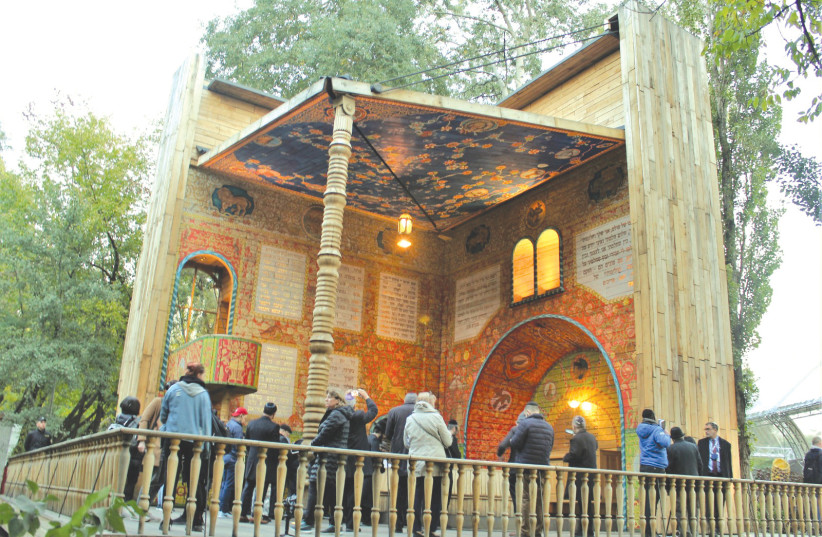KYIV - Some 110 Ukrainian olim are scheduled to arrive Tuesday from Kyiv (Kiev) on the last flight of the year sponsored by the International Fellowship of Christians and Jews,(IFCJ), bringing the total number from Ukraine this year to 1,835.
Aliyah under IFCJ auspices from dozens of countries include some 1,700 from Latin America, - 729 from Argentina- 730 from France, 651 from neighboring Belarus, and 100 from Turkey.
 Learn how to buy your home in Israel with confidence
Learn how to buy your home in Israel with confidenceThe average age of the olim is under 39.
Due to the coronavirus, the total number dropped in 2020 to 3,900, but has risen this year to 5,376, and is expected to increase further in 2022, according to an IFCJ press release.
Aliyah from Ukraine is particularly noteworthy for it was in Kiev that one of the first, the worst and now the most commemorated Nazi massacre of Jews took place in the ravine of Babyn Yar, just a few kilometers from the homes of the victims, mostly women, children and the elderly, whose young male relatives had been conscripted into the Red Army.

Relatives of some of the olim died there 80 years ago while others fought with Red Army units which took Berlin.
Yet the memory of Babyn Yar, antisemitic experiences, the example of Soviet refuseniks, or even the possibility of a Russian invasion, seem to play little conscious part in motivating aliyah from Ukraine today. Antisemitism seems to play a larger role in Argentina and political instability a larger role in Belarus.
Though totally secular, an emotional sense of Jewish identity, often unexplained, does seem to be a motivating factor.
Pavel and Natalia Kortnik, from Kyiv, immigrating with two children, just feel “we are coming home.” Pavel, a hi-tech engineer, had visited Israel three times but never revealed he was Jewish to colleagues at the American hi-tech company where he worked. When he told them he was leaving for Israel for good, he was surprised by the response. Three co-workers revealed they too were partly Jewish and even had relatives in Israel. When the Kortniks’ son, 13-year-old Dania, was not sure about having a bar-mitzvah, his father interrupted and said, “coming to Israel will be his bar-mitzvah.”
Israel’s burgeoning hi-tech reputation was also a factor in their immigration. Several of the new immigrants are in hi-tech. The largest number of the 110 new olim, 47, chose to live in Haifa and Nahariya because of their hi-tech connections and relatively cheap rent in the Haifa area.
Among the new olim, 29 work in hi-tech, economics, law, real estate or medicine, 32 are laborers, 24 are of school age, and 14 are pensioners.
The IFCJ was founded by the late Rabbi Yehiel Eckstein and has contributed some NIS 800 million toward the immigration and absorption of 750,000 olim.
Minister of Immigrant Absorption Pnina Tamano-Shata issued a statement praising the “large and important partnership” of the Fellowship with her ministry.
 Sign up for our newsletter to learn more
Sign up for our newsletter to learn more 